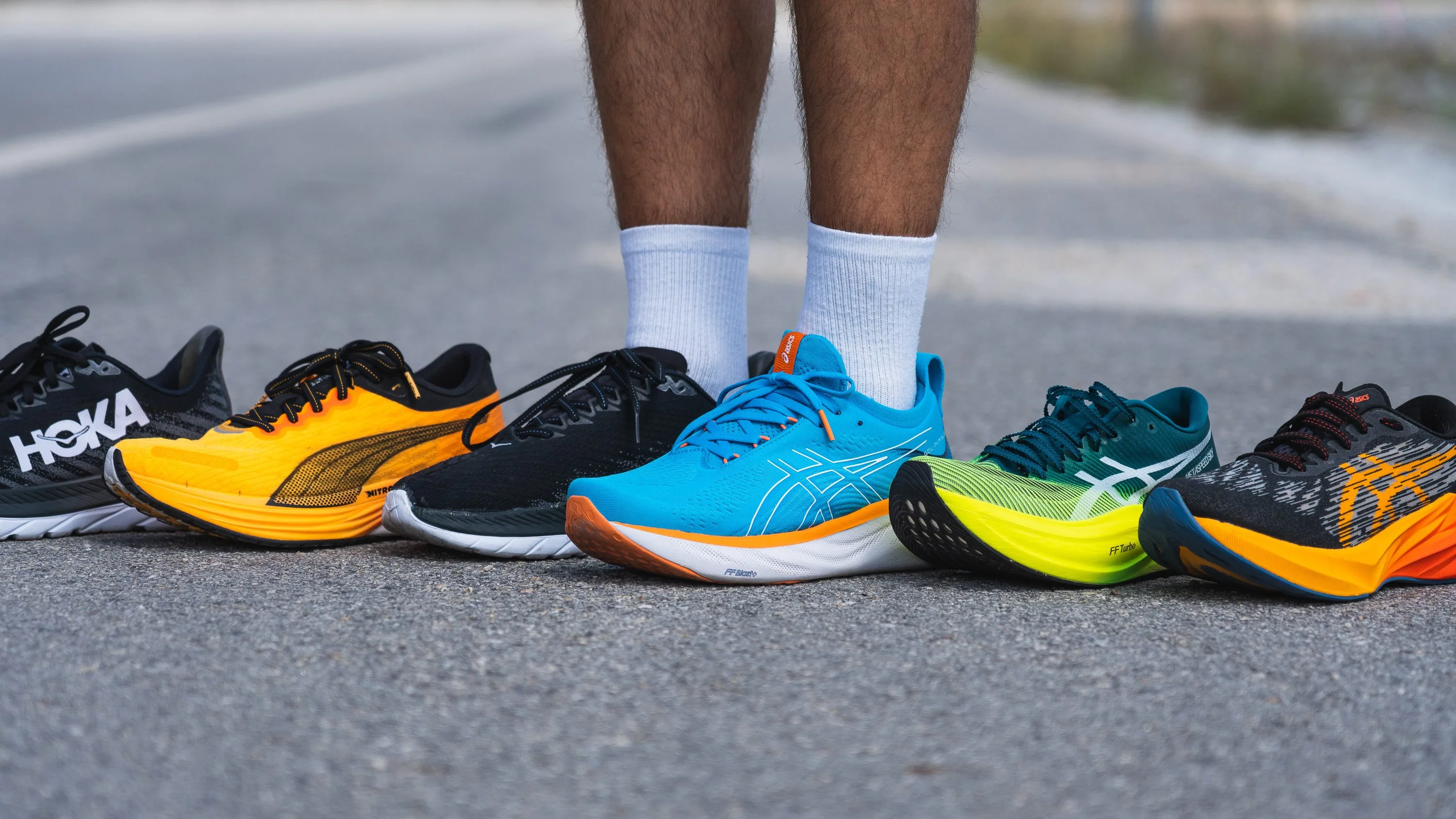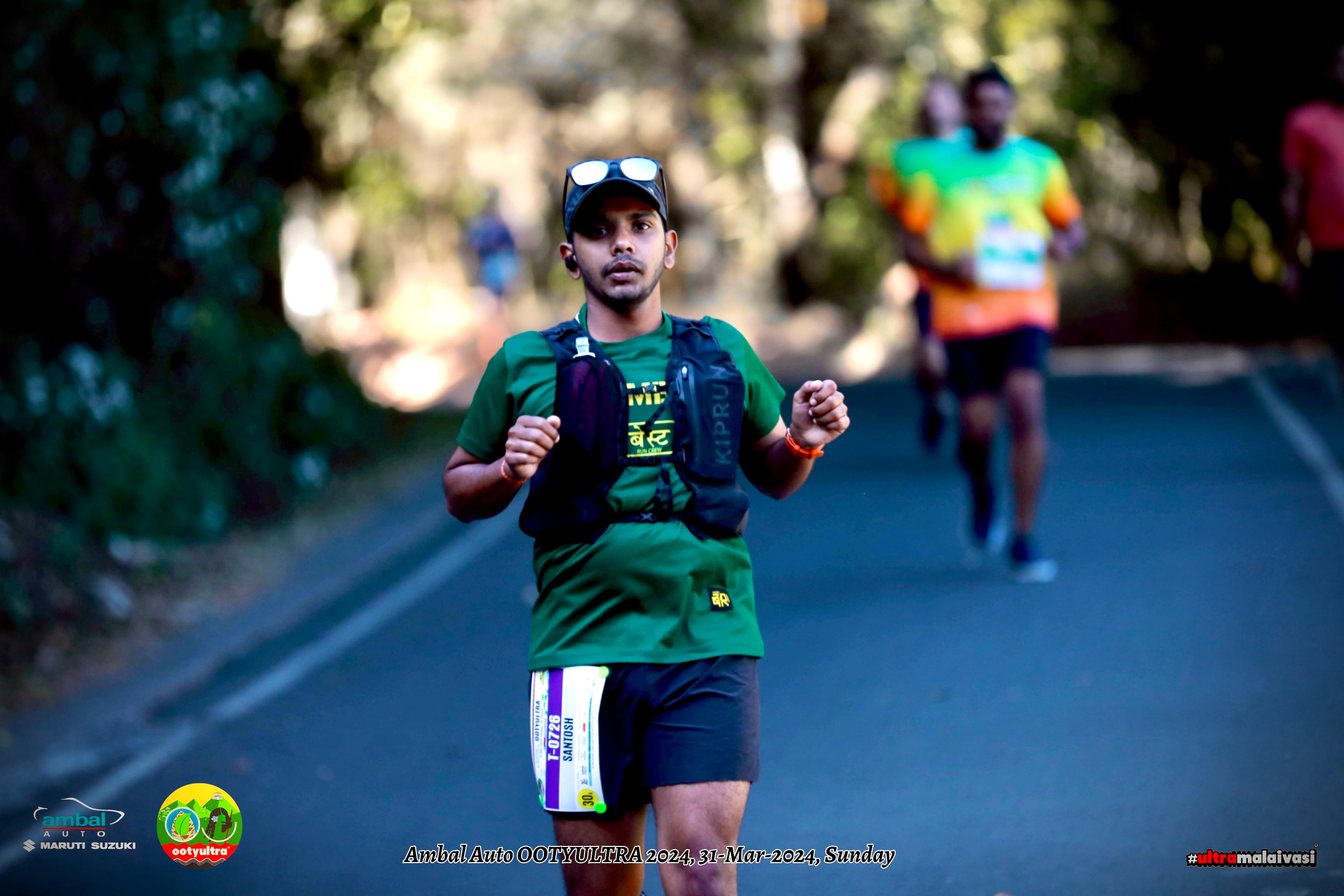How to choose your running shoes: A Beginner’s Guide
By: Gopal Krushna Sahu 
Publised Date: 07th Sep 2024

Choosing the best running shoes depends on several factors specific to your feet and running style. Here’s how to select the right pair:
1. Understand Your Foot Type
Flat Feet: Look for stability or motion-control shoes with arch support to prevent overpronation (feet rolling inward).High Arches: Cushioned shoes with extra shock absorption can help, as you may be prone to underpronation (feet rolling outward).
Neutral Feet: If you have a neutral foot type, you can opt for neutral shoes that provide a balance of cushioning and support.

2. Check Your Gait
You can do a gait analysis at a specialty running store or even online. This will show if your feet tend to pronate (roll inward), supinate (roll outward), or remain neutral. Different shoes are designed for different types of gait.
3. Consider the Terrain
Road Running: Go for lightweight, flexible shoes with cushioning for hard surfaces.Trail Running: Look for shoes with grippy soles, better traction, and durability to handle rough, uneven terrain.
Track Running: Lighter shoes with minimal traction are ideal for running on rubberized tracks.

4. Find the Right Fit
Ensure there’s about a thumb’s width between your longest toe and the front of the shoe.The heel should fit snugly but not too tight, to avoid slipping.
Go shoe shopping in the evening, as feet tend to swell during the day.
5. Cushioning and Support
Choose shoes with the right level of cushioning depending on how much shock absorption you need.Lighter shoes are better for speed and performance, while more cushioned shoes are ideal for long runs or recovery.
6. Test Them Out
Always try the shoes and test them by walking or running in them at the store or on a treadmill.A break-in period shouldn’t be necessary with running shoes. If they don’t feel good right away, try a different pair.
By considering your foot type, gait, running surface, and shoe fit, you can find the best running shoes tailored to your legs and feet.
No comments Yet...











